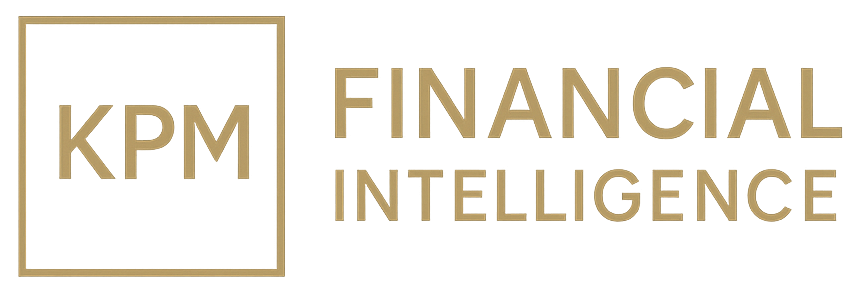Gupta’s Next Frontier: Will Cameroon’s Bauxite Become the New Guinea?
Afriland Bank and a Gagan Gupta-linked firm are eyeing Cameroon’s 1+ bn tonne bauxite reserves, blending finance and infrastructure to challenge Guinea’s 90m+ tonne exports. Success could reshape Africa’s aluminium future; failure risks another stalled mining dream.

Afriland, one of Central Africa’s most established banking groups, and a company linked to entrepreneur Gagan Gupta have announced a bold move into bauxite, signaling that Africa’s mining and finance sectors are converging in new ways. While details of the venture remain sparse, the partnership hints at a strategic ambition that reaches far beyond raw material extraction: it points to the vertical integration of mining, infrastructure, and finance that could reshape Cameroon’s—and Africa’s—place in the global aluminium value chain.
At its simplest, the deal brings together Afriland, a financial heavyweight with deep roots in the region, and Gupta, who has built his reputation through the ARISE Group, a fast-growing industrial and infrastructure platform with projects across Gabon, Benin, Togo, and Cameroon. ARISE’s model has been to develop special economic zones, ports, and logistics hubs that tie directly into resource flows. Its backing by investors such as Olam International (SGX: O32) and most recently Saudi Arabia’s Vision Invest—which committed USD 700 million in 2025—gives it the capital and credibility to scale ambitious projects. A Gupta-linked entity stepping into bauxite therefore suggests a deliberate strategy to integrate mining with downstream infrastructure and industrialization.
Bauxite, the ore used to produce alumina and ultimately aluminium, is among the most geopolitically strategic resources today. Guinea dominates African bauxite exports, supplying over 90 million tonnes annually, much of it to China. Cameroon, by contrast, has long been underdeveloped in this segment despite having known deposits such as Minim Martap and Ngaoundal, estimated to hold reserves of more than 1 billion tonnes. The Afriland–Gupta partnership could be a move to unlock Cameroon’s underutilized deposits and challenge Guinea’s overwhelming dominance.
The logic is straightforward: bauxite mining on its own is rarely transformative without the infrastructure to move ore to ports and the facilities to process it into alumina. That is precisely where Gupta’s ARISE model intersects with Afriland’s financial muscle. If Afriland provides structured financing and Gupta’s network develops the rail, port, and industrial ecosystems, the project could leapfrog from ore extraction to an integrated aluminium corridor. Such a pathway mirrors ARISE’s earlier work in Gabon, where the Nkok Special Economic Zone became a platform for timber processing and export, radically increasing local value capture.
But the risks are equally significant. Mining projects in Cameroon have historically struggled with permitting delays, infrastructure gaps, and political sensitivities. Bauxite development is capital-intensive: building a mine, rail link, and refinery can cost upwards of USD 1–2 billion. Without firm offtake agreements, credible ESG compliance, and community consent, projects risk stalling. Afriland’s involvement provides financial credibility, but banks are not miners; execution will depend on whether the Gupta-linked entity can mobilize technical partners, EPC contractors, and downstream buyers.
Global markets should take note because this partnership reflects several broader trends. First, it shows how African banking capital is becoming more risk-tolerant, shifting from retail and sovereign lending into extractives. That signals confidence that local capital can be mobilized for strategic industries, rather than leaving all financing to international institutions. Second, it underscores China’s vulnerability in bauxite sourcing. With Guinea providing more than half of its imports, Beijing is exposed to political risk in a single jurisdiction. Cameroon or other Central African deposits entering the export market would diversify global supply chains and potentially reduce Guinea’s chokehold.
Third, the venture mirrors a resource-to-industry integration model that African policymakers have been demanding. The African Mining Vision calls for greater local value addition. If Afriland and Gupta build not just mines but also alumina refineries or industrial zones for aluminium smelting, it would mark a step toward breaking the cycle of raw resource export dependence. That said, smelting is energy-intensive, and Cameroon’s hydropower sector would need significant upgrades to sustain such ambitions.
For investors, the signal is mixed. On one hand, Afriland’s willingness to back a mining project shows growing financial depth in frontier markets, and Gupta’s ARISE brand has a track record of delivery. On the other, the project’s contours are still undefined: no resource figures, no timeline, no confirmed location. That vagueness suggests the announcement is as much about positioning as about shovel-ready execution. It places Afriland and Gupta in the conversation as Cameroon and the wider CEMAC region debate how to unlock their bauxite potential.
If the venture gains traction, it could accelerate Cameroon’s long-discussed shift from a cocoa-and-oil economy to one where mining and metals play a larger role. For the global aluminum industry, which is watching demand rise due to energy transition needs—lightweight vehicles, renewable power infrastructure, packaging—the arrival of a new supply base would have meaningful long-term implications. But for now, the project sits at the crossroads of ambition and uncertainty, a symbolic leap that will need billions in capital, years of regulatory work, and delicate stakeholder management to translate into tonnes of bauxite shipped.
Ultimately, Afriland and Gupta’s dive into bauxite is not just about one ore body. It represents an experiment in how African finance, entrepreneurs, and industrial developers can jointly seize resource opportunities. If they succeed, Cameroon could become more than a footnote in global aluminium supply—it could emerge as a serious player in diversifying a market still dominated by Guinea and Australia. If they stumble, the announcement will join a long list of African mining dreams deferred.





